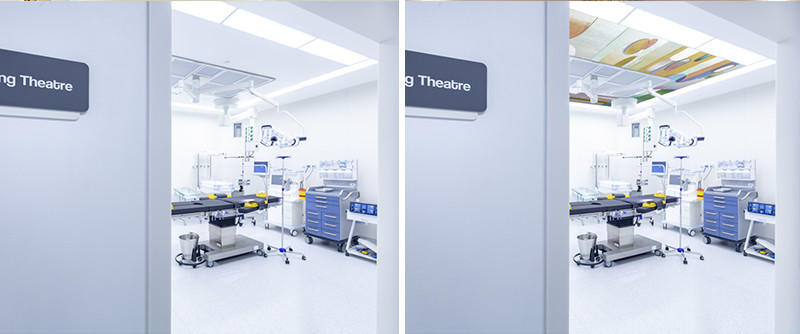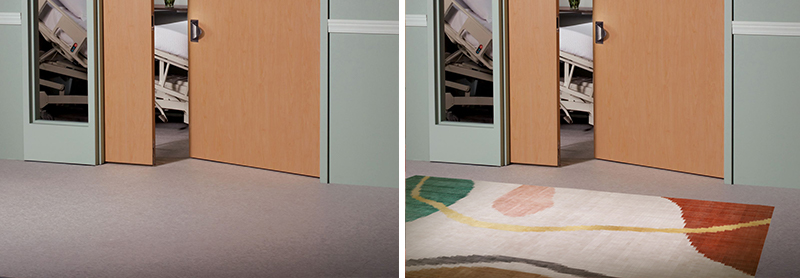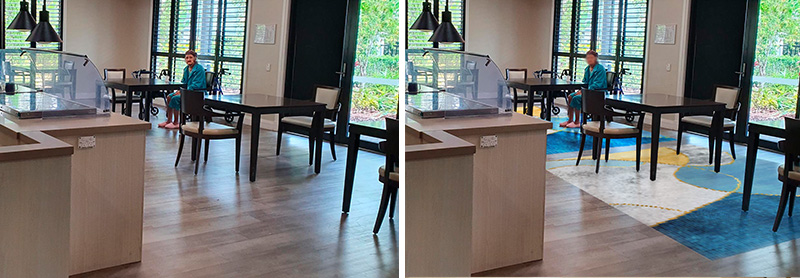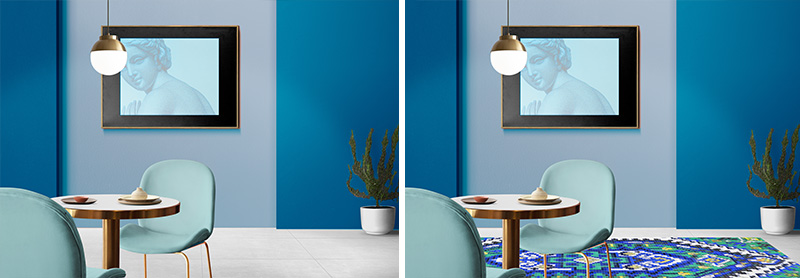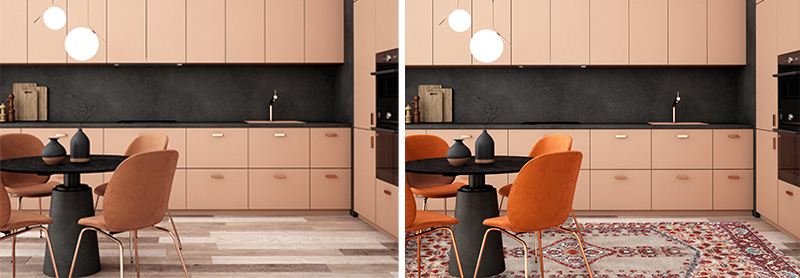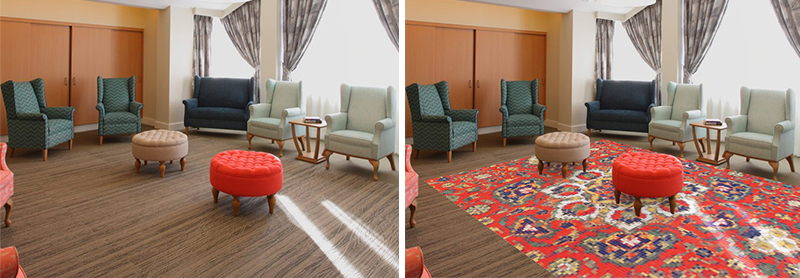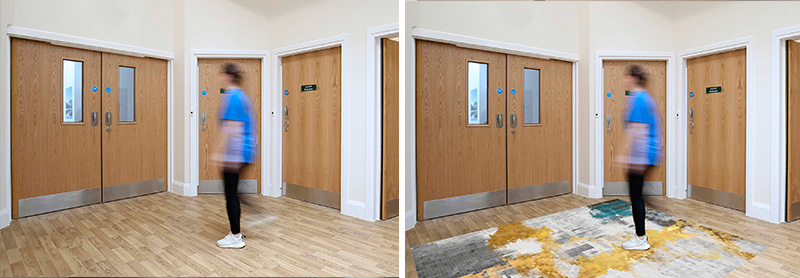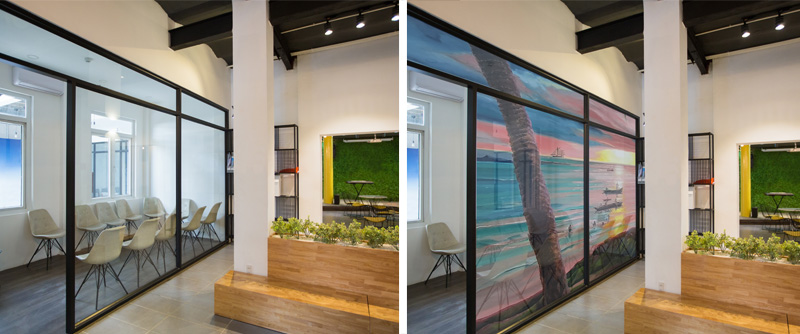
Hospital Wards and Clinic Treatment Rooms
Neuroaesthetics is an interdisciplinary field that explores the neural processes underlying aesthetic experiences, including how the brain responds to art and beauty. It seeks to understand the cognitive and neural mechanisms that contribute to our perceptions and emotional responses to artistic stimuli.
In the context of hospital wards, incorporating principles of neuroaesthetics into art can have positive effects on patients’ well-being, emotional states, and overall healing experiences. Here’s how neuroaesthetics, with a focus on encouraging daydreaming and evoking awe, can be applied:
Encouraging Daydreaming: Art that encourages daydreaming typically involves open, ambiguous, and thought-provoking imagery. Abstract or surreal art can provide patients with visual stimuli that allow their minds to wander, fostering relaxation and potentially reducing stress.
Imagination and Creativity: Art that sparks imagination and creativity can positively engage patients’ minds. By encouraging daydreaming, patients may experience a mental escape from the immediate hospital environment, promoting a more positive emotional state.
Engaging the Emotion of Awe: Incorporating nature-themed art, landscapes, or depictions of expansive vistas can evoke a sense of awe. Nature has been shown to elicit feelings of wonder and connectedness, contributing to positive emotional experiences. Artwork that conveys a sense of scale or grandeur, whether through size, perspective, or subject matter, can trigger feelings of awe. Large murals or installations that dominate a space can create a sense of vastness, capturing attention and inspiring awe. Art with intricate details or complex patterns can captivate viewers and stimulate a sense of awe. The brain may respond to the richness of detail by heightening emotional responses, contributing to a more profound aesthetic experience.
By incorporating these principles into hospital art, designers and healthcare professionals can create environments that positively influence patients’ mental states, contributing to stress reduction, emotional well-being, and overall healing experiences. It’s essential to consider individual preferences and cultural sensitivities when implementing art in healthcare settings to ensure a positive and inclusive impact.
Ideas you can consider for your Hospital Wards and treatment Room Murals are Ceiling Murals, Tile Rugs and Glass Mosaic Murals, Glass Murals, Art Wallpaper, Outdoor Murals, and more. Visit Facility Murals and Tile Rugs for more.

